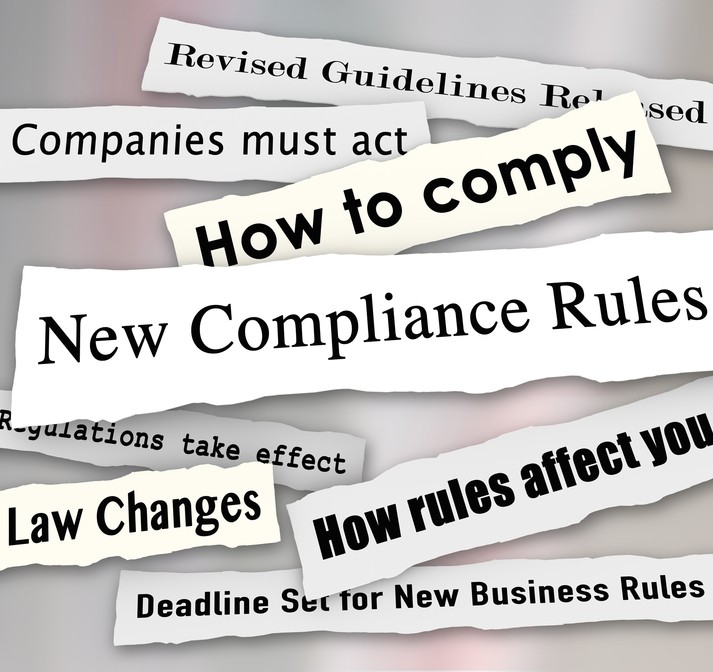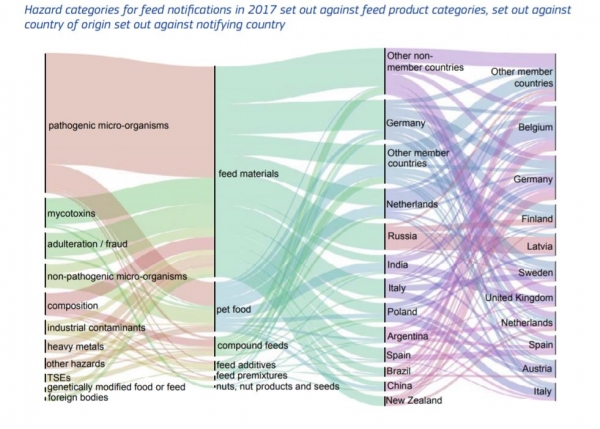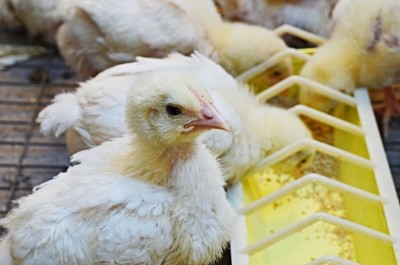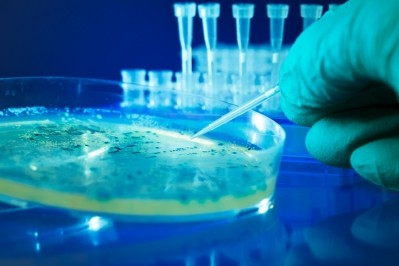Spotlight on adulterated feed category in RASFF report

The notifications regarding feed represent about 6% of the total volume of RASFF notifications for last year. The publication showed that, although, their number has increased by 30 compared to 2016, their relative share has dropped by 1%.
The RASFF was put in place in 1979 to provide food and feed control authorities with an effective tool to exchange information about measures taken responding to serious risks detected in relation to food or feed. This exchange of information is designed to help countries to act more rapidly and in a coordinated manner in response to a health threat caused by food or feed.
The feed related notifications are from diverse origins, both from member countries and from non-member countries, according to the review.
The adulteration or fraud category scored particularly high in the 2017 report, said the authors, due to the issue of suspicion of adulteration of fodder yeast from Russia with urea, notified to RASFF back in September 2017:
“In the 15 notifications transmitted, Latvia identified a content of urea that was not declared on the label or product specification. Elevated urea intake can be toxic for ruminants. The urea addition may have been made to increase the nitrogen content of the yeast to make it seem to contain more protein, so it can be sold at a higher price.”
A sizeable chunk of the feed notifications relate to pathogenic microorganisms.
“Out of 118 notifications, no less than 112 concern Salmonella, in different types of feed materials but also in pet food.”
In relation to the notifications on mycotoxins and feed materials, all but one concerned aflatoxins, reported mostly in groundnuts of various origin.
Out of the 20 RASFF notifications reported regarding non-pathogenic organisms, 18 concerned a too high count of Enterobacteriaceae, of which eight related to raw, animal origin pet food, according to the report.
In terms of notifications on industrial contaminants in feed materials, 12 reports were about dioxin levels in the feedstuffs exceeding the EU limit.
“The levels reported in the notifications related to feed additives, premixes and compound feed were not alarmingly high.”
FEFAC's perspective
In FEFAC's review of the RASFF report, it said some 239 feed related notifications were sent to the RASFF in 2017 - 61% for feed for farmed animals and 39% for pet food - and that this level was 14% more than the level of feed related notifications recorded in the prior year.
Among the 145 notifications for feed for farm animals, 8% triggered alerts, whereas 79% gave rise to information and 13% to border rejections, said the trade group.
Microbiological contamination is statistically speaking the most frequent motivation for notification to the RASFF in the area of farmed animal feed, more than a half of all notifications, added FEFAC.
It said the number of notifications concerning microbiological contamination of feed for food producing animals, mostly Salmonella, follows the downward trend that began in 2014 - a decrease of 30% in such notifications within four years.
The most notable aspect of the 2017 RASFF notification report, said FEFAC, is the emergence of a new 'compliance' issue, the suspicion of fraud linked to the presence of urea in yeast proteins, with 17 notifications.
Some 90% of notifications for feed for farm animals concern feed ingredients - 85% for feed materials and 5% for feed additives and the EU feed industry representatives said that trend shows the importance of the detection of contaminants at the earliest stage of the chain, in line with the 'top-of-the-pyramid' principle.
It also said some 50% of the notifications concerning feed for food producing animals present on the EU market result from own-checks performed by operators - this is slightly less than in 2016 (50% vs. 58%) but remains well above the rate of 10 years ago (20%), which the trade group said showed an increasing reliability on private controls and responsibility of operators notifying incidents to their authorities.









